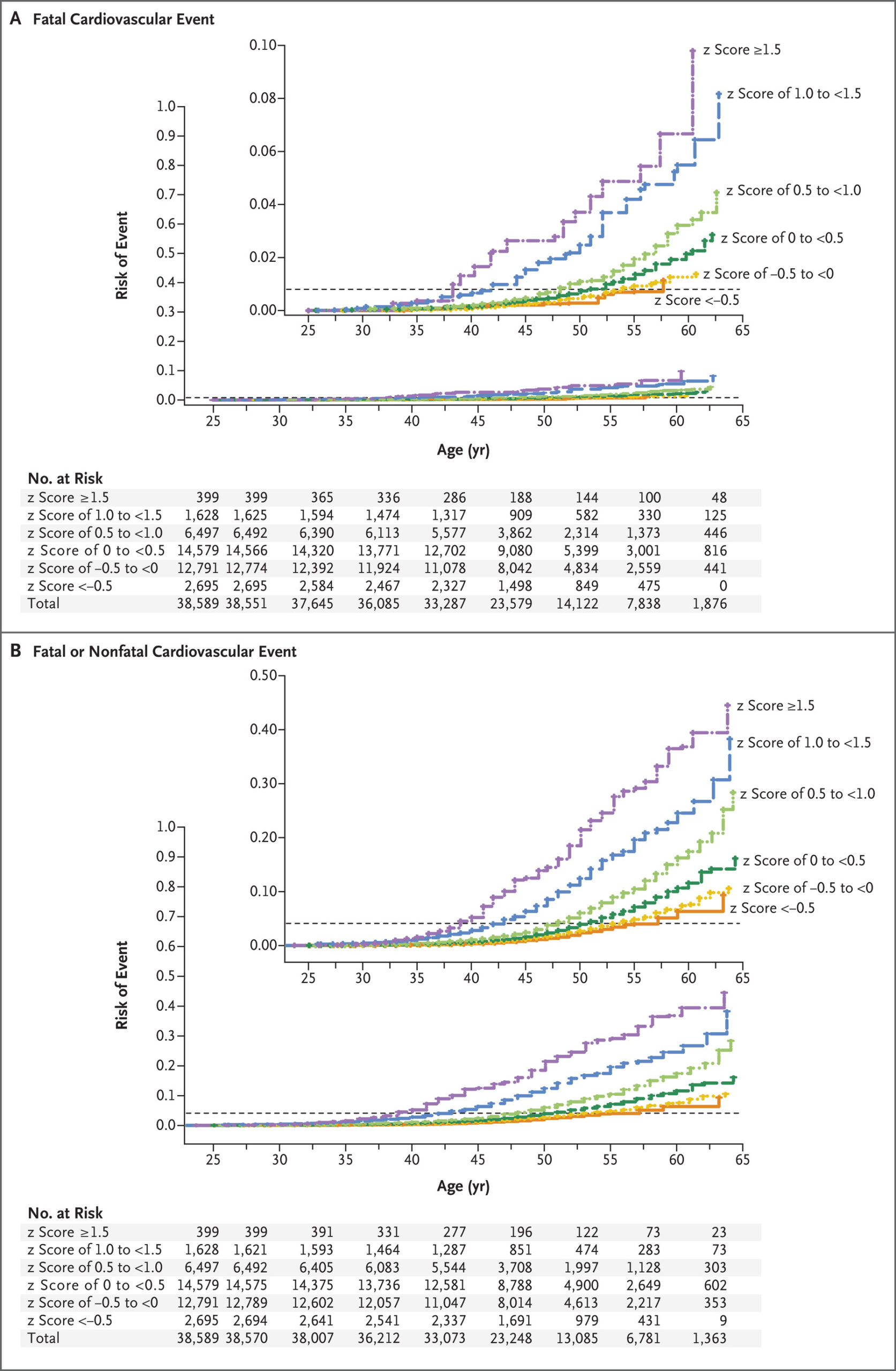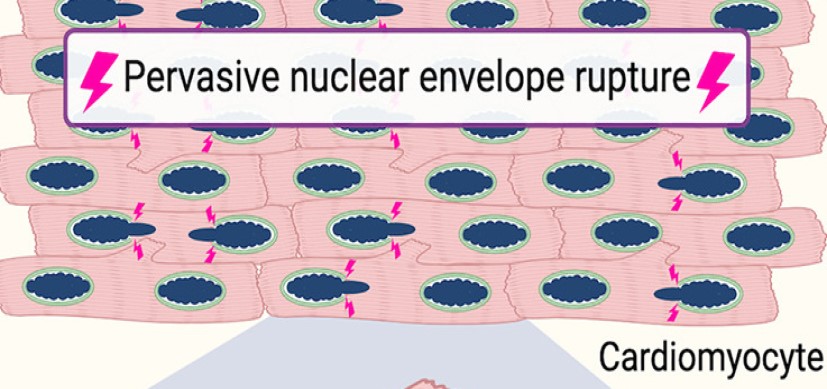How Childhood Risk Factors Affect Adult Cardiovascular Events
Research By: Jessica Woo, MHSA, PhD
Post Date: April 6, 2022 | Publish Date: April 4, 2022


Study reports links between childhood cardiovascular risk factors such as body mass index, blood pressure, blood lipids, and cigarette smoking to development of cardiovascular events in adults, with 75% of events occurring before age 53.
Cardiovascular disease affects more than 126 million people a year worldwide and continues to be the leading cause of death in the United States. It is well known that risk factors in adults, such as high cholesterol, lead to heart attacks and other cardiovascular illnesses.
A new international study published April 4, 2022, in The New England Journal of Medicine finds, for the first time, that risk factors present in childhood also are directly related to the onset of heart disease in adults. The study was led by joint first authors Jessica Woo, MHSA, PhD, Division of Biostatistics and Epidemiology at Cincinnati Children’s, and David Jacobs, PhD, and Alan Sinaiko, MD, of the University of Minnesota.
“These findings are remarkable in demonstrating that children with only mildly elevated body mass index, blood pressure or lipids, and youth who start smoking, may be at higher risk for adult cardiovascular disease,” Woo says. “However, we also show that when these risk factors are lower in adulthood than in childhood, for example quitting smoking between childhood and adulthood, risk of suffering from adult cardiovascular disease was lower. This highlights the importance of ensuring that all children develop and maintain healthy habits into adulthood.”
Data for the study stems from research started 40-50 years ago in Finland, Australia, and five centers in the United States. These centers formed the International Childhood Cardiovascular Cohorts (i3C) consortium, consisting of close to 40,000 individuals followed from childhood (age 3-19 years) into early adulthood.
Key Findings
Findings from this study show a link between childhood cardiovascular risk factors such as body mass index, blood pressure, blood lipids and cigarette smoking, and the development of cardiovascular events in adults, with 75% of events occurring before age 53. It also demonstrates that many of the individuals who had adult cardiovascular events were children with cardiovascular risk factors that were measured to be on the high end of the average category.
“Much evidence suggests that the seeds of cardiovascular disease are in childhood, but the specific evidence linking childhood measurements to clinical disease was absent until our study,” Jacobs says. “This study is remarkable in that we now have that evidence and found it by following participants from childhood to adulthood over many decades.”
The findings suggest that even slightly high levels of risk factors at a young age can lead to cardiovascular problems relatively early in life, and researchers emphasize that while modern medicine has many advances for treating heart disease, it is best to stop it before it starts.
“Despite the great effect medical and surgical care have had on treating heart disease, the major impact on cardiovascular disease will depend on effective preventive strategies,” Sinaiko says. “This study confirms that prevention should begin in childhood.”
“Most children are born healthy, but unfortunately much of the benefit of heart health is lost during childhood, and currently less than 5% of U.S. children enjoy ideal cardiovascular health,” says Julia Steinberger, MD, division director in Pediatric Cardiology at the University of Minnesota. “Hopefully, this study will be a wake-up call that practicing good cardiovascular health starts when we are young and has to be maintained for life.”
The current medical emphasis focusing on reducing the influence of cardiovascular risk factors in adults remains an important component of prevention of premature heart disease in early adulthood. While the present study does not permit the precise identification of children destined to develop heart disease, it strongly suggests the positive value of public health preventive strategies that can lower risk levels during childhood, such as promoting healthy eating and physical activity at home and school. It also points to a need for further research to more precisely identify at-risk children who go on to develop early clinical cardiovascular disease.
About the Study
This international study included researchers from Cincinnati Children’s, the University of Minnesota, the University of Cincinnati, the University of Colorado, Children’s Hospital Colorado, the University of Turku and Turku University Hospital in Finland, Tampere University in Finland, the University of Tasmania in Australia, Tulane University, the University of Iowa, Wake Forest School of Medicine, Murdoch Children’s Research Institute in Australia, and The University of Oxford in the United Kingdom.
| Original title: | Childhood Cardiovascular Risk Factors and Adult Cardiovascular Events |
| Published in: | The New England Journal of Medicine |
| Publish date: | April 4, 2022 |






